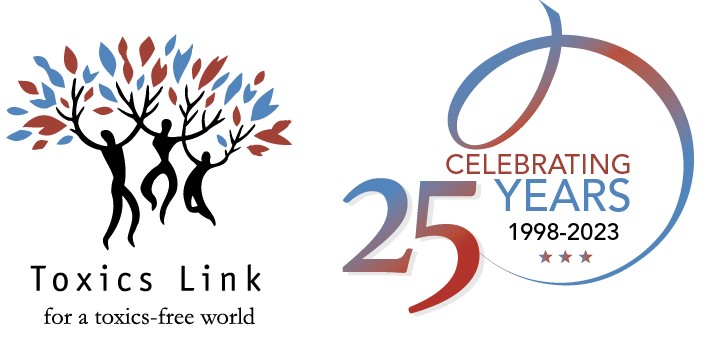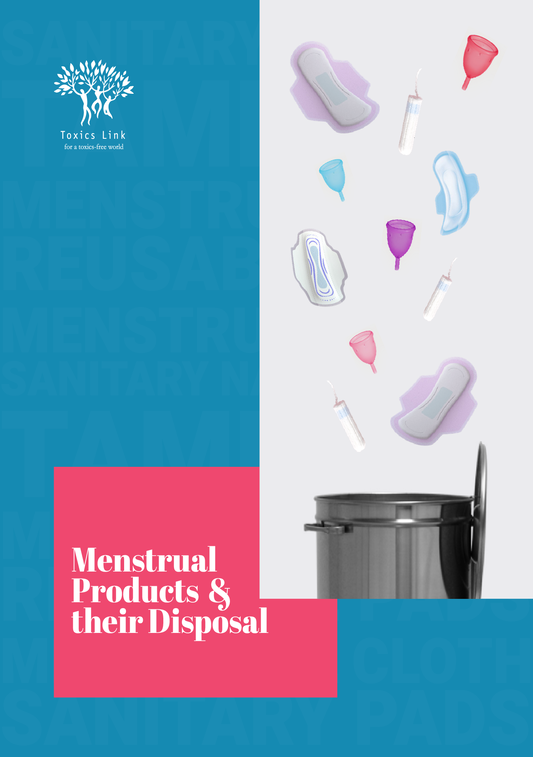
by Subhrakant Biswal | Sep 21, 2022 | Chemicals, Publications, Reports, 2021
The study titled, ‘Quantitative analysis of Microplastics along River Ganga’ finds that the river is heavily polluted with microplastics. It has thrown up alarming results as microplastics were found in all the samples.The river water testing was carried out in collaboration with the National Institute of Oceanography in Goa and a set of five water samples were collected from the river at Haridwar, Kanpur and Varanasi. The samples were tested through FTIR to identify the exact type or resin core and the results show presence of significantly high (40) different kinds of polymers as microplastics in Ganga waters. Resins like EVOH, Polyacetylene, PIP, PVC and PVAL were predominant in all three locations. However, the concentration of microplastics was significantly different in different sampling sites. Locations with higher population density and greater industrialisation (textile, tannery, etc.,) etc.,had a higher microplastics concentration in the river.The study findings indicated higher microplastic levels in the samples collected from Kanpur and Varanasi in comparison to Haridwar. Among the three cities, Varanasi showed the maximum load of microplastics in the Ganga waters as compared to the other two cities.
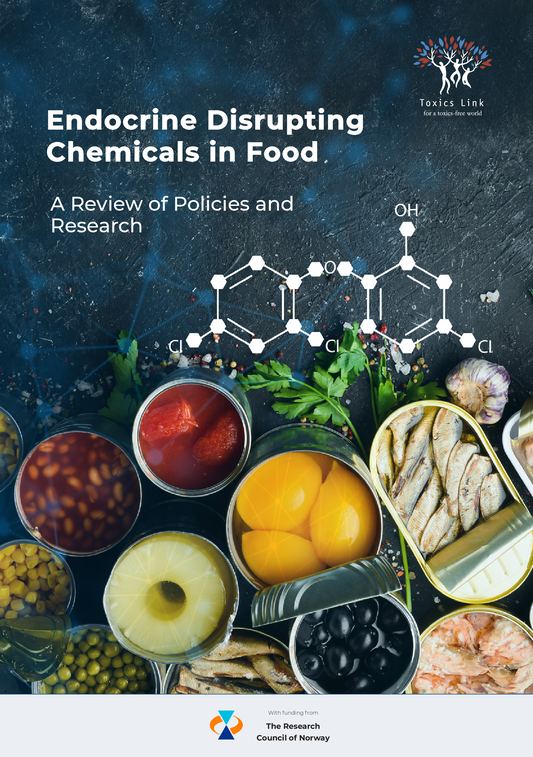
by Subhrakant Biswal | Sep 21, 2022 | Chemicals, Publications, Reports, 2021
The study titled, ‘Quantitative analysis of Microplastics along River Ganga’ finds that the river is heavily polluted with microplastics. It has thrown up alarming results as microplastics were found in all the samples.The river water testing was carried out in collaboration with the National Institute of Oceanography in Goa and a set of five water samples were collected from the river at Haridwar, Kanpur and Varanasi. The samples were tested through FTIR to identify the exact type or resin core and the results show presence of significantly high (40) different kinds of polymers as microplastics in Ganga waters. Resins like EVOH, Polyacetylene, PIP, PVC and PVAL were predominant in all three locations. However, the concentration of microplastics was significantly different in different sampling sites. Locations with higher population density and greater industrialisation (textile, tannery, etc.,) etc.,had a higher microplastics concentration in the river.The study findings indicated higher microplastic levels in the samples collected from Kanpur and Varanasi in comparison to Haridwar. Among the three cities, Varanasi showed the maximum load of microplastics in the Ganga waters as compared to the other two cities.
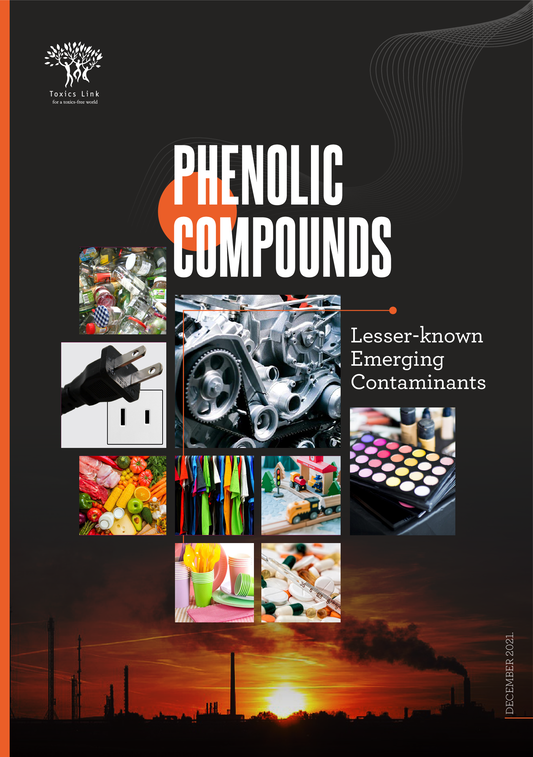
by Subhrakant Biswal | Sep 21, 2022 | Chemicals, Publications, Reports, 2021
The study titled, ‘Quantitative analysis of Microplastics along River Ganga’ finds that the river is heavily polluted with microplastics. It has thrown up alarming results as microplastics were found in all the samples.The river water testing was carried out in collaboration with the National Institute of Oceanography in Goa and a set of five water samples were collected from the river at Haridwar, Kanpur and Varanasi. The samples were tested through FTIR to identify the exact type or resin core and the results show presence of significantly high (40) different kinds of polymers as microplastics in Ganga waters. Resins like EVOH, Polyacetylene, PIP, PVC and PVAL were predominant in all three locations. However, the concentration of microplastics was significantly different in different sampling sites. Locations with higher population density and greater industrialisation (textile, tannery, etc.,) etc.,had a higher microplastics concentration in the river.The study findings indicated higher microplastic levels in the samples collected from Kanpur and Varanasi in comparison to Haridwar. Among the three cities, Varanasi showed the maximum load of microplastics in the Ganga waters as compared to the other two cities.
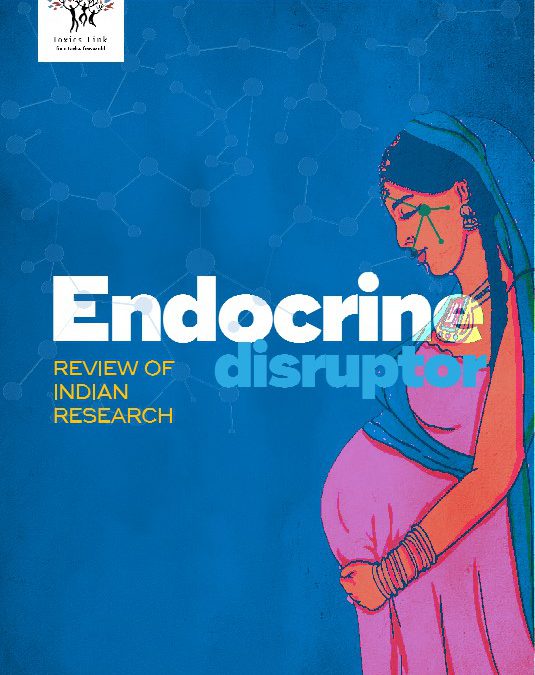
by Ravi Agarwal | Jun 17, 2022 | Chemicals, Publications, Reports, 2018
EDCs are widely used in the consumer products and researchers claim their human and environmental health impacts through their wide research. Some of the Indian researchers tried to show the direct relationships between these EDCs and animal, environmental impact in their experiments but were not able to produce much information on human health. But the research data from various international sources proved that these EDCs have acute health impacts on human health too. Further research in Indian context can support this. It is also observed that in some cases there are no standards or regulation in place; hence there has no control or restriction of its use in consumer products so it leads to the downstream contamination. The document has tried to bring out the current scenario in Indian context regarding some of the EDCs.
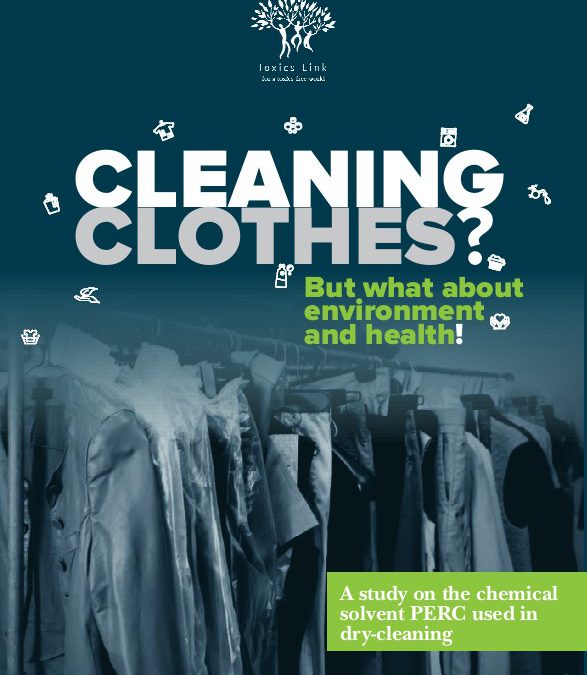
by Ravi Agarwal | Jun 17, 2022 | Chemicals, Publications, Reports, 2018
Dry-cleaning is a popular service used in most parts of India, especially urban areas. It is often used for cleaning expensive and sensitive clothing. With changing lifestyles in urban India, this service is only going to grow in the future. Though currently many solvents are being used in the dry-cleaning facilities in India, PERC is a key one. Inspite of PERC being globally considered a toxic chemical, there has been very limited research on understanding its impact on health and environment in the Indian context.This study aims to bridge some of these gaps by understanding and documenting the current usage of PERC in the dry-cleaning industry. It also looks at issues of workers’ safety and disposal practices for this chemical in the industry, as it is known to be an occupational hazard. Apart from this, the study investigates the possibility of PERC risks for consumers who use dry-cleaned clothes.
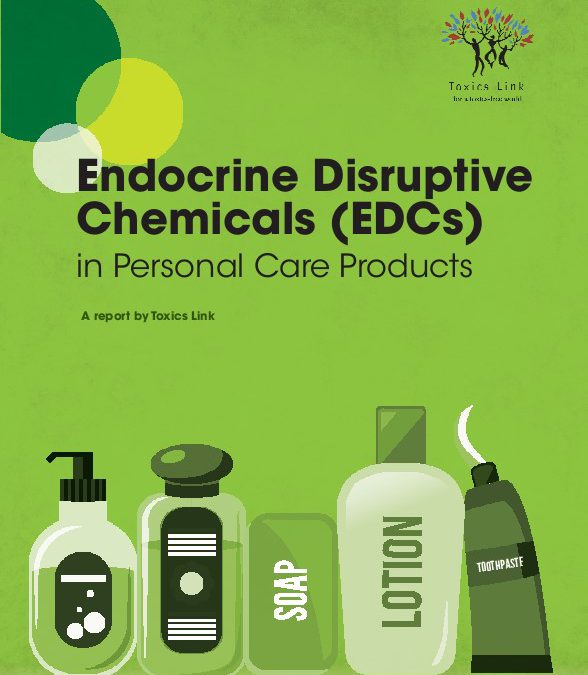
by Ravi Agarwal | Jun 17, 2022 | Chemicals, Publications, Reports, 2016
Endocrine Disruptive Chemicals (EDCs) in Personal Care Products Title: Endocrine Disruptive Chemicals EDCsPublication Type: Research ReportsYear of Publication: 2016Abstract: Read...

